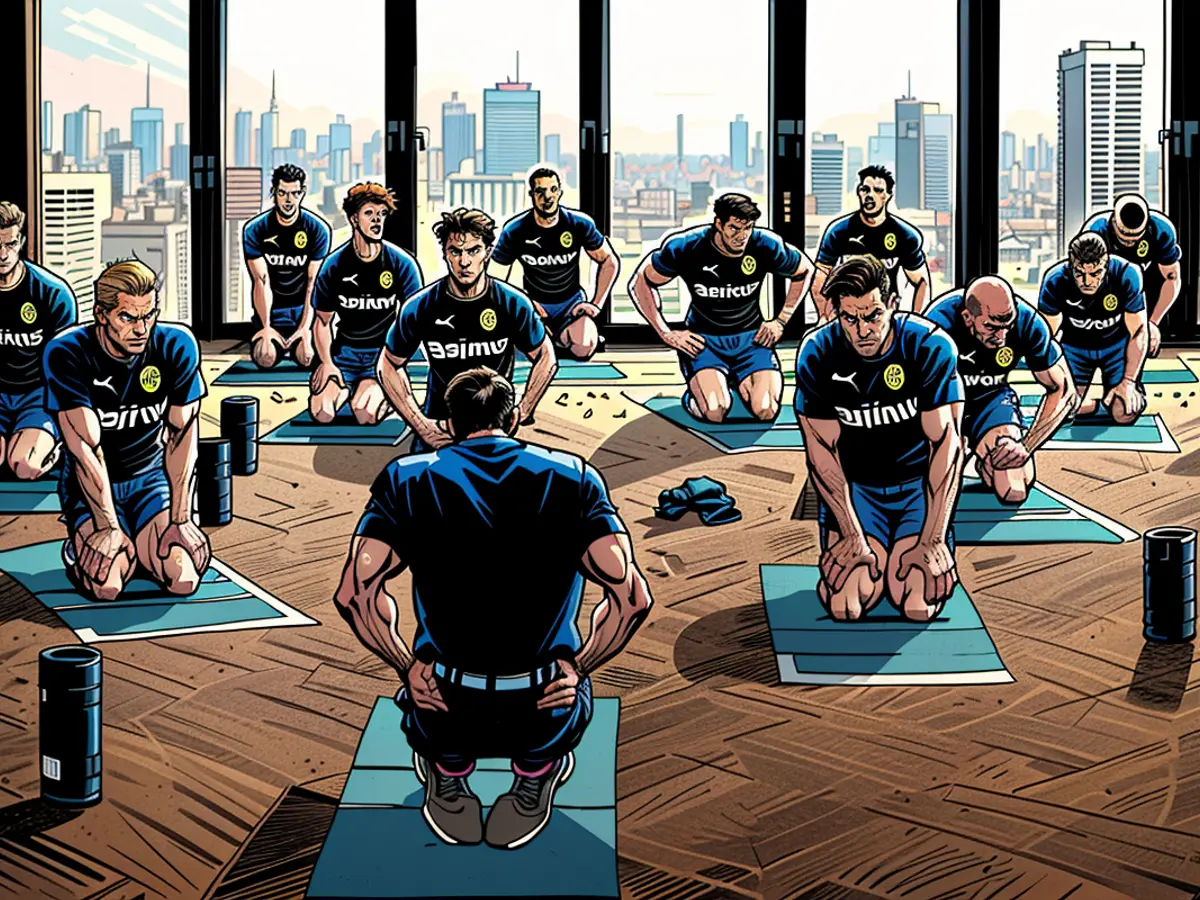Summer sports secrets from the pros to help you get back in the game injury-free
To help everyone get back into seasonal recreational activities safely and effectively, I enlisted four good friends and coaching colleagues from professional sports for expert insights and practical tips to stay active, perform better and enjoy summer activities injury-free.
Read on to learn how you can unlock your summer sports potential and get back in the game.
Build a foundation
Jason Glass, a top performance coach who trains elite athletes on the PGA Tour, emphasizes the importance of daily habits. “Whether you’re a professional athlete or a weekend warrior, you can’t prepare for game day on game day,” he said. “Proper preparation comes from your daily habits.”
Glass recommends creating a daily lifestyle checklist he calls his “Foundational Five”:
Sleep like it’s your job: Quality sleep is essential for recovery and performance. Aim for consistent, restful sleep.
Stay hydrated: Drink half your body weight in fluid ounces per day. For a 200-pound (91-kilogram) athlete, that’s 100 ounces daily.
Eat clean: Know what’s in your food and how it affects your body. This awareness helps you make better choices on game day.
Move beautifully: Engage in an activity every day that makes you feel great, whether it’s yoga or weight lifting. Listen to your body.
Live with intention: Train with specific outcomes in mind. Even napping can be beneficial if done with the intention of resting up before a big game.
Glass advises that you score yourself on each of these five foundations at the end of each day, using a scale of 0 to 5. Aim for 20 or more total pointsat the end of each day. “Master these five foundations before adding any other performance-enhancing modalities,” he suggested.

Start safely
Bill Burgos, the former head of strength and conditioning for three NBA teams, offers advice for those returning to sports after a hiatus. “For someone who has not participated in any sporting activity for quite some time, it’s crucial to start safely and effectively,” he noted, not waiting until game day to get going again.
These are Burgos’ three tips:
Prepare your body for movement: Use foam rolling and dynamic stretching exercises such as walking lunges with elbow-to-instepand walking knee hugs to enhance flexibility and mobility.
Gradually elevate your heart rate: Begin with low-intensity activities such as a slow jog and progressively increase to a moderate intensity that mimics your sport.
Listen to your body: Pay attention to how your body feels and adjust the intensity of your workout accordingly.
Maintain strength and speed
Paul Fournier, a strength and conditioning coach for the Los Angeles Dodgers who has worked in Major League Baseball for over 30 years, highlights the importance of strength and speed for longevity and injury prevention. “Maintaining strength and speed of movement is key to preventing chronic pain and injuries,” he asserted.

Fournier recommends incorporating calisthenics, weight training, sprint work and plyometrics into your routine. He suggests starting with twice-weekly sessions that include:
Low-level plyometrics: Jump rope, step-ups and light medicine ball work will build neurological and muscular endurance.
Core strengthening: Perform exercises such as planks, dead bugs and rollouts to enhance torso stability and protect your back.
Strength training: Focus on compound movements for the lower body with exercises such as lunges and squats while incorporating more isolating upper-body exercises like chest presses, rows and curls.
Warm up properly
Matt Nichol, a coach with three decades of experience training professional and Olympic athletes, emphasizes the critical role of a proper warm-up. “The warm-up is as important as the workout,” he said.

Nichol offers these practical warm-up tips:
Arrive early: Just like professional athletes who arrive at least three hours early on game days, give yourself extra time before your recreational activity or competition to warm up.
Walk more: Park farther away to incorporate some light movement as you walk to your activity.
Get warm: Avoid stretching cold muscles. Instead, perform sport-specific movements (i.e., running, dribbling, swinging a bat or racquet, etc.) at a lower intensity and gradually increase speed until you’re at game speed.
Listen to your body’s cues: Pay attention to any aches and pains during your warm-up. These can be early warnings of injury potential. It’s better to dial back your intensity for one game than to push too hard and miss the entire season.
Focus on sport-specific mobility
As a mobility coach in professional sports for more than 20 years, it has been my job to ensure that athletes can move at their fullest range of motion in the positions of their sport. To that end, I encourage athletes to follow these three strategies:
Have clear goals and a plan to achieve them: Your objectives should align with the needs of your sport and provide direction for your mobility program. For instance, if you want to get back into playing golf, tennis or any other rotational sport, focus on mobility exercises that will improve rotation.
Build strong, powerful movements: Enhanced movement that improves sports performance requires strength and power behind the movement. As Fournier mentioned, core strengthening is essential for stabilizing the low back and preventing injury. Building core strength and stability also provides a foundation for expressing power through spine and limb movements.
Train for controlled movement: Avoid solely relying on stretching to create passive ranges of motion that could lead to injury during activity.
Instead, focus on targeted strength and mobility exercises that promote control in end ranges of motion.
As an example, rather than doing seated toe touches as a passive hamstring stretch, practice single-leg Romanian dead lifts that lengthen and strengthen hamstrings while also promoting stabile and mobile pelvic movement.
Before you jump into the next neighborhood pickup basketball game or sign up for the town softball league, take these practical insights to heart to enhance your performance and reduce your risk of injury.
Maintaining good health and wellness is essential for optimal performance during summer activities. Following Jason Glass's "Foundational Five" daily habits can help improve sleep quality, stay hydrated, eat clean, move beautifully, and live with intention, thereby enhancing overall health and wellness.
Bill Burgos suggests gradual progression in returning to sports after a hiatus. He recommends using foam rolling and dynamic stretching exercises, gradually elevating heart rate, and listening to your body's responses to avoid injuries.








